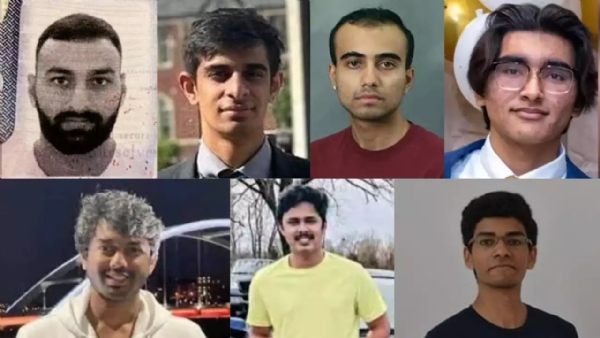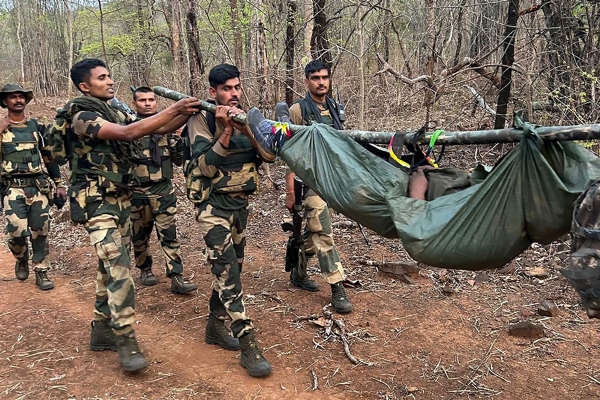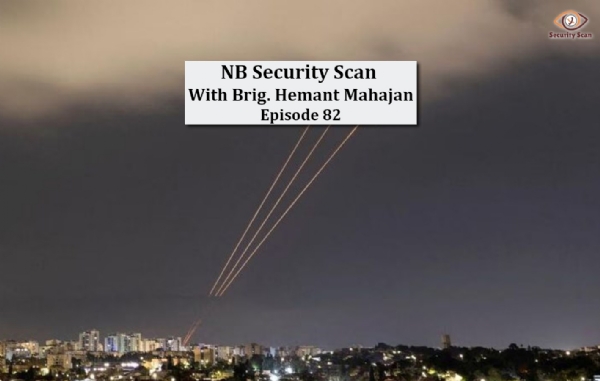*Road to Tashkent*
With the US disinterested in the conflict and the
UK showing its true anti-India and pro-Pakistan colours, it was left to Russia
to play honest broker.
It was after some initial hesitation that both
India and Pakistan accepted the Russian offer. Ayub Khan later said that
Pakistan went to Tashkent as it did not want to risk a veto by Moscow.
There was another reason for Pakistan’s eagerness
for talks. According to Pradhan, “The continued presence of Indian troops on
the east side of the Ichhogil canal, facing Lahore city, was hurting Pakistan’s
pride.” The heat was clearly on Islamabad.
Before leaving for Tashkent, Shastri – who was
hero-worshiped by Indian soldiers – had promised his victorious troops that he
would not return the land captured from the enemy after so many sacrifices. But
after six days of talks, Shastri proved once again that Indians are bad
negotiators.He gave away everything.
Was Shastri feeling the pressure from the
international community? Most likely not, but perhaps he felt – like his
successor Indira Gandhi after the 1971 war – that showing leniency towards
Pakistan would buy its goodwill.
*Mystery of Shastri’s Death*
If you were Shastri, you would dread having to face
the Indian soldier back home. Hundreds of them had died while capturing the
strategic Haji Pir pass, which if India had kept, would have forever nullified
Pakistan’s advantage in Kashmir.
On the night of January 10, 1966, the diminutive
Prime Minister but a giant among men died of a heart attack. It was his fourth
cardiac seizure and was likely triggered by his anxiety at having to face an
irate public and having to look into the eyes of his jawans – soldiers – whose
hopes he had dashed.
There have been all sorts of conspiracy theories
but the reality is that none of the major countries benefitted from his death.
Russia had scored a spectacular diplomatic coup, America fully supported the
Tashkent Agreement, and Pakistan was happy to get its land back.
That the Indian Prime Minister died of a heart
attack comes from a most unlikely source. Shortly after Mikhail Gorbachev’s
liberalisation policies in 1991, Soviet Land magazine in India published an
account by an ex-KGB officer.
According to the former intelligence agent, the KGB
was spying on both the Indian and Pakistani delegations in order to find out
how much each country was willing to yield during the negotiations. When
Shastri started getting a seizure, the KGB was listening but decided not to
alert his aides because that would give away their game and lead to a
diplomatic showdown with India.
*Prelude to Tashkent*
Having dissected what transpired at the negotiating
table, we need to discuss the prelude to Tashkent.
Although Pakistan was on the verge of being
trounced – unlike in 1971 and 1999 when it really got hammered – India
generously agreed to a ceasefire after repeated pleas from the major powers.
Why did India stop fighting when it had Pakistan
reeling? Why did Chavan and Shastri, who swatted away western pressure and gave
a free hand to the Indian military, cave in?
The problem was army chief Jayanto Nath Chaudhuri.
The Kolkata-born general came from an affluent background and had become army
chief purely on the back of family connections and pure luck. He was elevated
following the resignation of another Sandhurst-educated general, Pran Nath
Thapar, the army chief of the 1962 War.
Chaudhuri’s mentors were the Sandhurst educated
British generals – who had utterly failed before the Germans and Japanese
during World War II – and predictably he also lacked war fighting qualities.
“He was so good on paper that Chavan often wondered how good he would be in
warfare,” writes Pradhan.
Chavan mentions in his war diary that Chaudhuri
would frequently lapse into depression. Each time the Indian army suffered a
setback, the general would walk into the Defence Minister’s room, and Chavan
had to give him a pep talk. Chaudhuri so completely lacked courage that Chavan
often forced him to visit the front and personally take stock.
Pradhan writes, “On September 20 when the Prime
Minister asked Chaudhuri whether India could expect to gain if the war
continued for a few days more, he informed the PM that the army was coming to
an end of its ammunition holdings and could not sustain fighting for much
longer. Chaudhuri advised acceptance of the ceasefire proposal. It was later
discovered in overall terms only 14-20 per cent of the Indian Army’s ammunition
stock had been used up. At the moment of our greatest advantage the army
chief’s non-comprehension of the intricacies of the long-range logistics
deprived India of a decisive victory.”
In contrast, Pakistan had expended 80 per cent of
its ammo. It had also lost 250 of its latest US-supplied tanks.
Chaudhuri was also criticised for his lack of
daring. When the Pakistani cities of Sialkot and Lahore could have been easily
taken after the dash and bravery shown by Indian troops, Chaudhuri told
Shastri: “We must move with the caution and wisdom of an elephant. We will take
them in God’s good time.”
In fact, when the Pakistan Army attacked in the
Khem Kharan sector in Punjab, Chaudhuri ordered the Army Commander Harbaksh
Singh to withdraw to a safer position.The commander refused, and what followed
was the Battle of Assal Uttar – the greatest tank battle since Kursk in 1943.
The Indian counter attack on the night of September 10 was so ferocious that by
the morning they had knocked out 70 Pakistani tanks.
But what the Battle of Assal Uttar will be
memorable for are the 25 enemy tanks found abandoned with their engines running
and wireless sets on. It was the perfect metaphor for the plight of the
Pakistan Army.
Had India kept its head, today we’d have a lot more
to celebrate.



